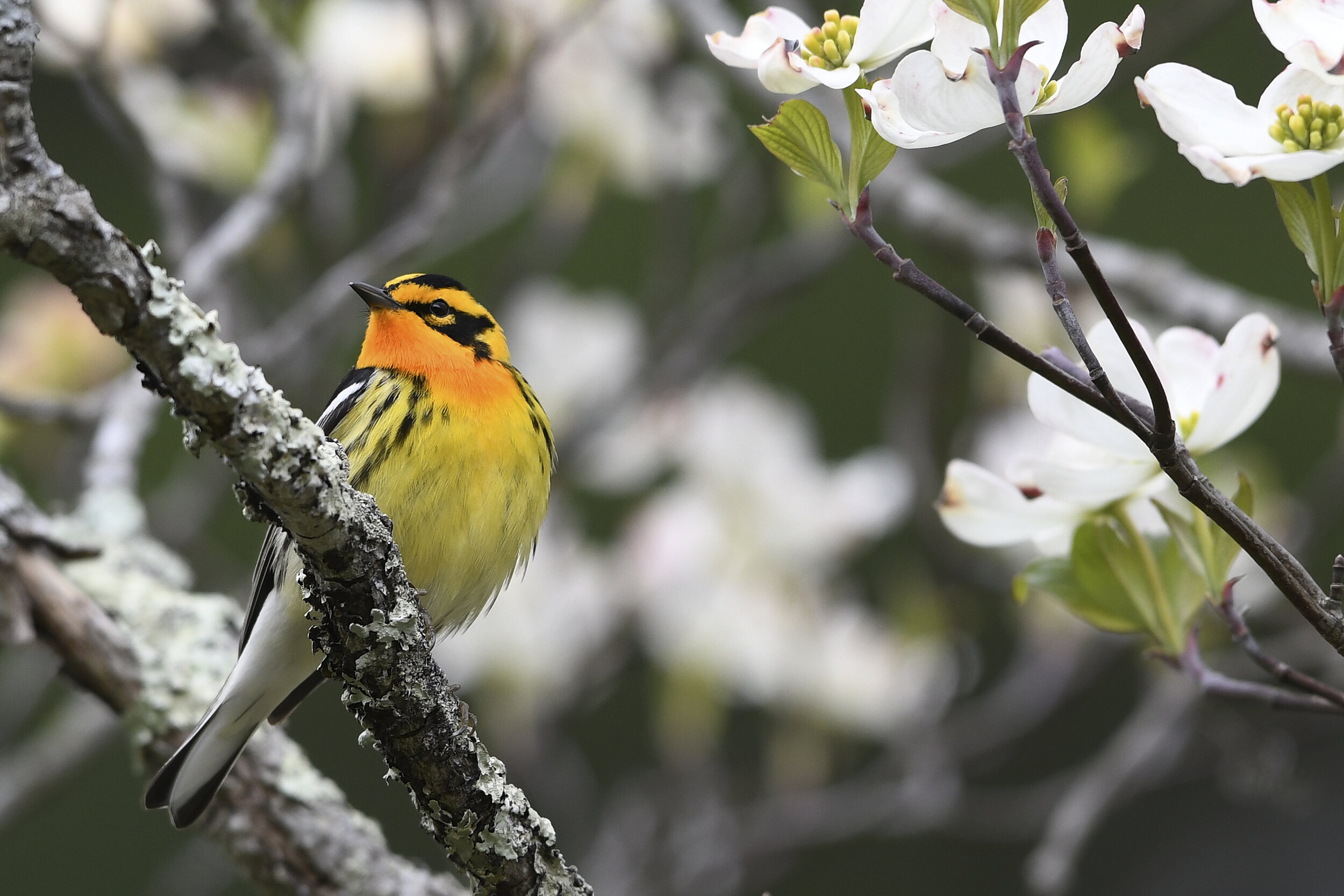
The Second Virginia Breeding Bird Atlas
Photo: Blackburnian Warbler, Dick Rowe
What is the Breeding Bird Atlas Project?
The Second Virginia Breeding Bird Atlas (VABBA2) is a survey of all bird species breeding in the state, and the state’s largest citizen-science project to date. Data collected will map the distribution and density of Virginia’s breeding bird populations to inform Virginia’s natural resource and conservation decisions.
Now you can support the Atlas by Sponsoring a Species!
Choose your favorite bird that breeds in Virginia to sponsor!
About the Project
VSO’s Vision for the Atlas
Virginia’s birds represent a rich cultural and ecological heritage, a living legacy whose loss would threaten our own identity. One of the VSO’s highest priorities is supporting the 2nd Virginia Breeding Bird Atlas (VABBA2), a project which seeks to inform avian conservation in Virginia by documenting the geographic distribution and status of the Commonwealth’s breeding birds.
The Atlas results are critical, given that the Cornell Laboratory of Ornithology estimates that North American bird populations have declined by nearly 3 billion birds since the 1970s. The Atlas will compare new data to data collected during the first Virginia Breeding Bird Atlas, conducted in 1985-1989. This will shed light on changes in distribution, numbers and abundance for individual species over the past 30 years, reflecting the impacts of habitat changes, climate change and many other factors.
Who is involved in the Atlas project?
The project is a partnership among the VSO, the Virginia Department of Wildlife Resources (DWR), and the Conservation Management Institute at Virginia Tech (CMI). The project is overseen by the Atlas Final Products Committee, including representatives from each of the three partner organizations.
Austin Kane is the Managing Editor of the VABBA2, and is working from the Conservation Management Institute at Virginia Tech.
Where does the project stand after the final data collection season?
Prothonotary Warbler, Dixie Sommers
How is the Atlas project organized?
The VABBA2 project has three phases. Phases 1 and 2 are completed and we are now working on Phase 3, Atlas publication.
Phase 1 – Data Collection (2016-2020) – 5.5 million field observations of breeding bird activity were collected over five years of hard work by more than 1,400 trained volunteers as well as professional staff. This statewide effort gathered observations that documented breeding activity, focused on geographic distribution of species, population densities, and types of breeding behavior observed.
More than 108,000 checklists were completed, containing nearly 700,000 breeding codes and documenting over 5.5 million birds from the more than 200 species that breed in Virginia.
Field technicians conducted point counts at 15,000 points across the state, producing the largest baseline data set of its kind on Virginia’s breeding birds. This dataset will inform estimates of population abundances across the state for many species.
Phase 2 – Data Review and Analysis (2021-2023) – A deep-dive into data review and cleanup was conducted by the Conservation Management Institute at Virginia Tech (CMI). Once data review was completed and the final raw Atlas dataset was in hand, CMI undertook data analysis and modeling. The analyses enables production of several types of maps and other content for publication. These include density maps for many species, revealing where in Virginia individual species are more and less abundant than 30 years ago, and allowing for the generation of credible population size estimates. Phase 2 was funded by the Virginia Department of Wildlife Resources (DWR).
Phase 3 – Atlas Publication (2023-2025) – Led by Managing Editor Austin Kane, a team of professional writers and editors working at CMI will produce more than 200 species accounts. These accounts, along with maps, graphics and supporting information, will be published on a user-friendly website and made available for free to everyone, including researchers, scientists, land managers, policy makers, teachers, and the general public - notably, the burgeoning population of birdwatchers and nature enthusiasts, who drive significant benefits to local and rural economies from nature-based tourism. Phase 3 is funded by the VSO. See below how you can help!
The resulting Atlas publication will be the most comprehensive and up-to-date source for data on the distribution and status of Virginia’s breeding birds.
What are some exciting discoveries?
Here are some early highlights from VABBA2:
At least six species were confirmed as breeding in Virginia that were not shown as breeding in Virginia’s first Breeding Bird Atlas: Anhinga, Common Merganser, Yellow-bellied Sapsucker, Magnolia Warbler, Painted Bunting, and Yellow-rumped Warbler.
Four species documented in the first Breeding Bird Atlas were not confirmed in the second Atlas: Bachman’s Sparrow, Bewick’s Wren, Sedge Wren, and Upland Sandpiper.
Early analysis indicates that the breeding season appears to be extending both earlier and later. While some migratory species have shifted dramatically, the magnitude of change is greatest for resident species, who are more able to respond to changing conditions both early and late in the breeding season. See the article by Dr. Ashley Peele in the Fall 2022 VSO Newsletter, page 4.
Common Ravens were found nesting in Pittsylvania county, a very eastern record for the southern Piedmont, contrasting with a westernmost breeding record for Mississippi Kites, found near the same area of Pittsylvania County.
The Atlas also confirmed breeding of unusual species in new counties. Chuck-Will’s Widow was documented for the first time in Southwest Virginia’s Lee County. Swainson’s Warblers were documented as probable breeders in Smyth, Russell, and Tazewell counties-all first-time records for these species.
The westernmost record of a probable breeding Prothonotary Warbler was documented near Abingdon, with the westernmost confirmation for this species found along the New River in Giles county.
Detections of breeding Virginia Rails continued to increase in southwest Virginia, highlighting the value of searching small wetlands and pond areas for this secretive species.
Many high elevation breeders found over the border in West Virginia have proved difficult to find and confirm in VA’s western mountains, but the elusive Purple Finch was finally confirmed breeding near Locust Springs in Highland County.
How can you help make the Atlas a reality?
We hope you will share our vision for VABBA2’s important conservation mission by making a donation to the Atlas! You can help the VSO meet its goal of $300,000 to pay for publishing the Atlas.
You can also Sponsor a Species in the Atlas! Make a pledge to sponsor your favorite bird!
The published Atlas species account will feature a statement indicating that you sponored the species and will show any dedication you may have requested in memory or in honor of someone. If you pledge on behalf of a business or organization, a website address can be included in the sponsorship statement.
The VSO will also include your name in the overall list of Atlas donors on the VSO and Atlas websites. Your donation or sponsorship can be shown as “anonymous” should you prefer.
Want to learn more? Visit these online resources:
VA Department of Wildlife Resources
VABBA2 eBird Page
VABBA2 Website




